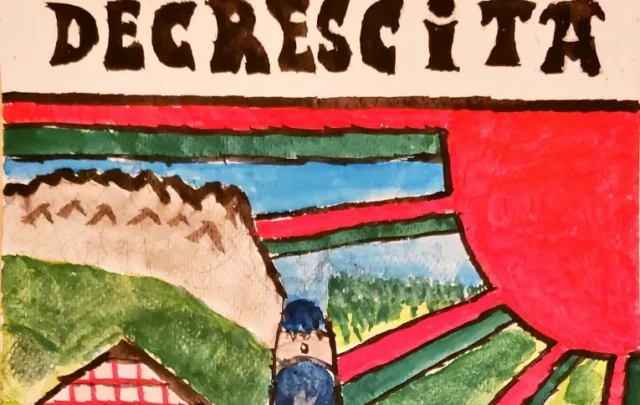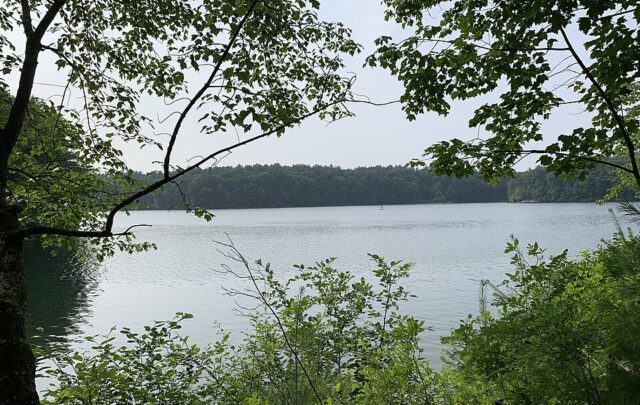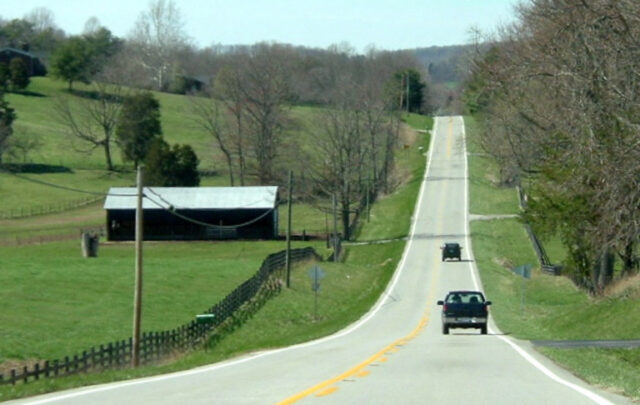The main promoter of the circular economy (CE) defines it like this:
A circular economy is one that is restorative and regenerative by design, and which aims to keep products, components and materials at their highest utility and value at all times, distinguishing between technical and biological cycles1. (Ellen MacArthur Foundation – EMF).
It sees waste products being fed back into the production cycle as resources, reliance on renewable energy and other resources, and overall zero waste. Proponents distinguish it from the dominant economy which is linear: matter is extracted as resources, transformed by production and then ends up in environmental sinks. The CE is meant to be based on three principles:
1) Preserve and enhance natural capital by controlling finite stocks and balancing renewable resource flows. 2) Optimise resource yields by circulating products, components, and materials at the highest utility at all times in both technical and biological cycles. 3) Foster system effectiveness by revealing and designing out negative externalities2.
The basic ideas are sound: closing cycles and ceasing to treat the environment as unlimited resource pool and sink for pollution. The problems lie in the extent to which a CE can allow “business otherwise as usual” with little change to our pattern of life, our levels of consumption and the continued expansion of the economy. To illustrate the problem, here are three criticisms of the CE: practical, political and physical.
1) Practical: the implausibility of matching waste products to inputs.
“Circular systems also maximise use of end-of-use bio-based materials, extracting valuable bio-chemical feedstocks and cascading them into different, increasingly low-grade applications3.”
To what extent can waste outputs and resource inputs be matched? There is no reason to think that these two things are going to cancel out, resulting in a near zero-waste and low-extraction system. Moreover, different industries are located in different places, so even if outputs could all become inputs, there will be substantial energy inputs needed to close the loop, transferring outputs from one site to be used as inputs in another site. And the outputs are not generally usable as inputs: they will typically need processing, which again requires energy and in many cases other primary resource inputs.
2) Reformism: the CE advocates generally support a growth economy model, promoting what is perhaps a more sophisticated version of the “green growth” fudge. In a recent report from the EMF, the following claim is made about the CE if implemented in Europe:
The modelling for 2030 suggests that the disposable income of European households could be as much as 11 percentage points higher in the circular scenario relative to the current development path, or 7 percentage points more in GDP terms.4
However, as the economist Christian Arnsperger notes5, citing work, commisioned by Veolia, by François Grosse, the benefits of a circular economy only apply under the following conditions:
An annual raw material consumption growth rate below 1%.
A very high recycling rate (more than 60 to 80%) in order to delay significantly the resource depletion rate.
Grosse notes that:
“As a whole, the relative impact of cumulative present-day recycling becomes negligible after a few decades in view of global production growth.”
Now it may be objected that Grosse only considers recycling, in this analysis, but this is the most concrete element of the proposed CE,
To illustrate how the CE is wedded to the growth model, consider this quotation, again from the EMF report cited above:
A circular economy could greatly benefit the environment and boost competitiveness and resilience. A circular economy would decouple economic growth from resource use.
As readers of our work will be aware, the decoupling hypothesis has poor support, or at best, economic growth makes it much harder to reduce material throughputs (and hence both resource use and emissions)6.
3) Physical: the CE cannot suspend the laws of thermodynamics.
Ultimately, the goal of endlessly recycling and regenerating the substrate for the industrial system is impossible: materials get dispersed and degraded through their transformation and it becomes infeasible to identify and collect every fragment: think of the tyres on a bus or train brakes which are in the process of being degraded to powder and gas. Or think of the many volatile solvents that are necessary for industrial processes: they too disperse, into the atmosphere over time. Those particles are never going to be reclaimed, and these are just the most obvious aspects of the trend to dissipation of all materials, and of energy too7.
As this passage from a European Academies Science Advisory Council report notes:
Recovery and recycling of materials that have been dispersed through pollution, waste and end-of-life product disposal require energy and resources, which increase in a nonlinear manner as the percentage of recycled material rises (owing to the second law of thermodynamics: entropy causing dispersion). Recovery can never be 100% (Faber et al., 1987). The level of recycling that is appropriate may differ between materials.8
As Christian Arnsperger suggests, to retrieve the idea of circularity requires a second concept, that of sufficiency, of “enough”. Without that, it is at best a way of postponing the inevitable crash, and at worst a way of giving false credibility to the growthist delusion. So the idea of resource cycling loops needs combining with the radical reduction of consumption, long product durability, re-use and repair.
Mark H Burton
3 See previous citation.
5 https://carnsperger.wordpress.com/2016/06/22/one-engineers-deeper-wisdom-francois-grosse-and-the-rediscovery-of-the-perma-circular-mindset/
6 https://steadystatemanchester.net/2016/04/15/new-evidence-on-decoupling-carbon-emissions-from-gdp-growth-what-does-it-mean//
Teaser photo credit: Ellen MacArthur Foundation Circular Design Guide cover.





